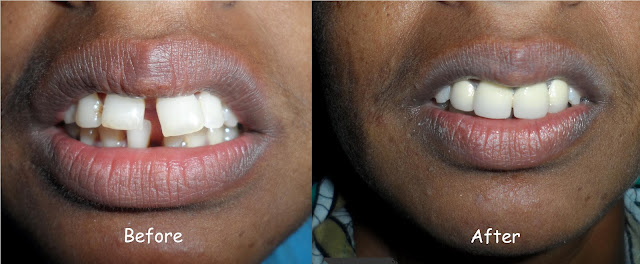The temporomandibular joint (TMJ) is a diarthrodial joint, formed by the squamous portion of the temporal bone and the condyle of the mandible. These two osseous elements are enclosed into a fibrous capsule and articulate with each other by an interposed disc of connective tissue.
The disc is fixed to the articular capsule and the lateral margins of the condyle. The joint cavity is therefore divided into an upper and a lower compartment. A synovial membrane lines the inner side of the capsule and disc, except for the articulating surfaces. Synovial fluid produced by this lining membrane fills the joint compartments.
The TMJ is responsible for all movements of the jaw, which take place in different orthogonal planes and around multiple axes of rotation. In these movements, the articular disc plays a major role in compensating the incongruities of the articular surfaces. In the mandibular opening-closing movement, for instance, the condylar head rotates and translates relative to the temporal bone with a simultaneous gliding of the disc. Several theories have been proposed to explain the mechanism that coordinates the disc-condyle complex during jaw movements.The biomechanical properties of the disc are largely involved in this coordination.
 |
| Normal Radiographic anatomy of TMJ |
 |
| Normal Radiographic anatomy of TMJ |
|
|
 |
| Normal Radiographic anatomy of TMJ |
 |
| Normal Radiographic anatomy of TMJ |
Internal Derangements
- General orthopedic term implying a mechanical fault that interferes with the smooth action of a joint
- The most common internal derangement is disc displacement
Clinical Features
- Clicking sounds from joint(s)
- Restricted or normal mouth opening capacity
- Deviation on opening
- Pain
Imaging Features
- Anterior disc displacement: posterior band of the disc located anterior to the superior portion of the condyle at closed mouth on oblique sagittal images
- Disc may have normal (biconcave) or deformed morphology
- In opened mouth position disc may be in a normal position (“with reduction”) or continue to be displaced (“without reduction”)
 |
| Partial anterior disk displacement at baseline |
 |
Complete anterior disc displacement |
 |
| Lateral disk displacement and normal bone |
 |
| Medial disk displacement |
 |
| Posterior disk displacement |
Osteoarthritis
Definition
- Non-inflammatory focal degenerative disorder of synovial joints, primarily affecting articular cartilage and sub-condylar bone; initiated by deterioration of articular soft-tissue cover and exposure of bone.
Clinical Features
- Crepitation sounds from joint(s)
- Restricted or normal mouth opening capacity
- Pain or no pain from joint areas and/or of mastication muscles
- Occasionally, joints may show inflammatory signs
- Women more frequent than men
 |
anteriorly displaced and deformed, degenerated disc and irregular cortical outline with osteophytosis and sclerosis of condyle . |
 |
Advanced osteoarthritis and anterior disc displacement, with joint effusion |
Bone Marrow Abnormalities Definition
- Bone marrow edema: serum proteins within marrow interstitium surrounded by normal hematopoietic marrow.
- Osteonecrosis: complete loss of hematopoietic marrow.
Imaging Features
• Abnormal signal on T2-weighted image from condyle marrow: increased signal indicates marrow edema; reduced signal indicates marrow sclerosis or fibrosis
• Combination of marrow edema signal and marrow sclerosis signal in condyle most reliable sign for histologic diagnosis of osteonecrosis
• Marrow sclerosis signal may indicate advanced osteoarthritis without osteonecrosis, or osteonecrosi
 |
| Bone marrow abnormalities |
Arthritides
Definition
- Inflammation of synovial membrane characterized by edema, cellular accumulation, and synovial proliferation (villous formation).
Clinical Features
- Swelling of joint area, not frequently seen in TMJ
- Pain (in active disease) from joints
- Restricted mouth opening capacity
- Morning stiffness, in particular stiff neck
- Dental occlusion problems; “my bite doesn’t fit”
- Crepitation due to secondary osteoarthritis
 |
| Rheumatoid arthritis |
 |
| Rheumatoid arthritis |
 |
| Psoriatic arthropathy |
 |
| Psoriatic arthropathy |
 |
| Inflammatory arthritis |
 |
| Ankyloses |
 |
| Growth disturbances of TMJ |
 |
| Condylar hyperplasia and facial asymmetry |
 |
| Bifid condyle |
 |
| inflammatory and tumor like conditions |
 |
| Benign tumors like TMJ |
 |
| Synovial chondromatosis |
 |
| Osteochondroma |
 |
| osteoma |
 |
| Malignant tumors |




























